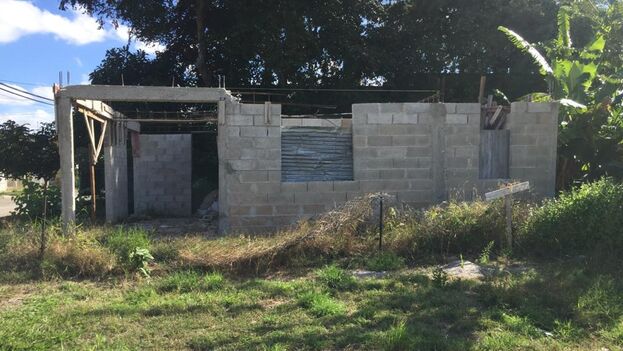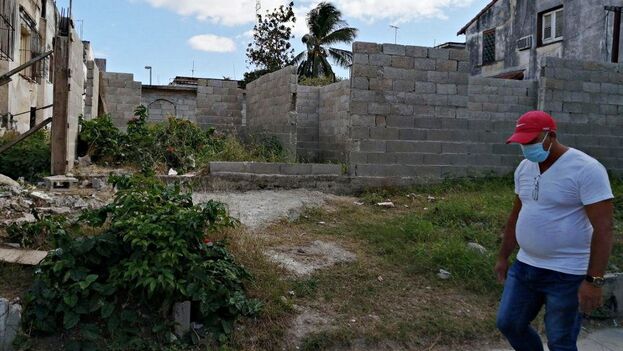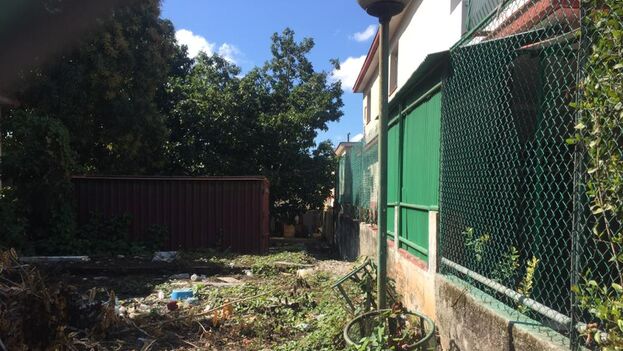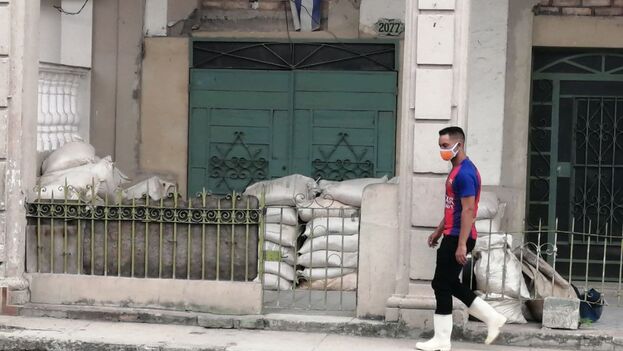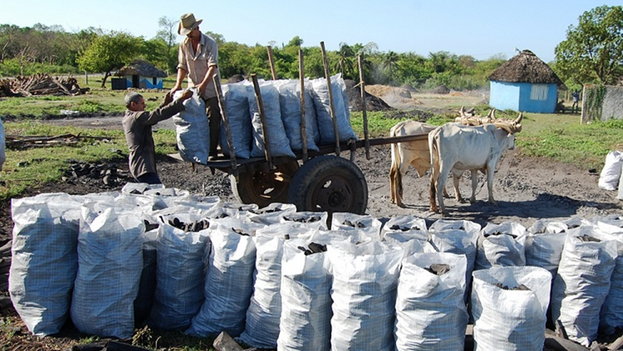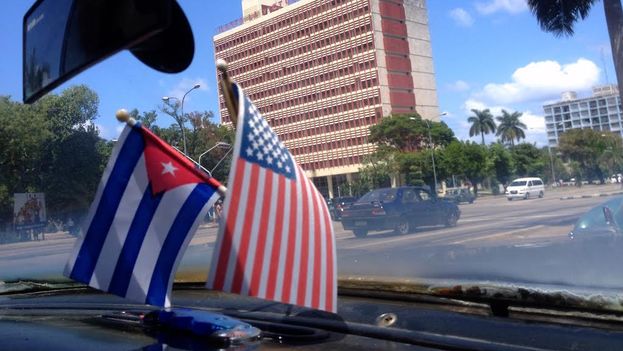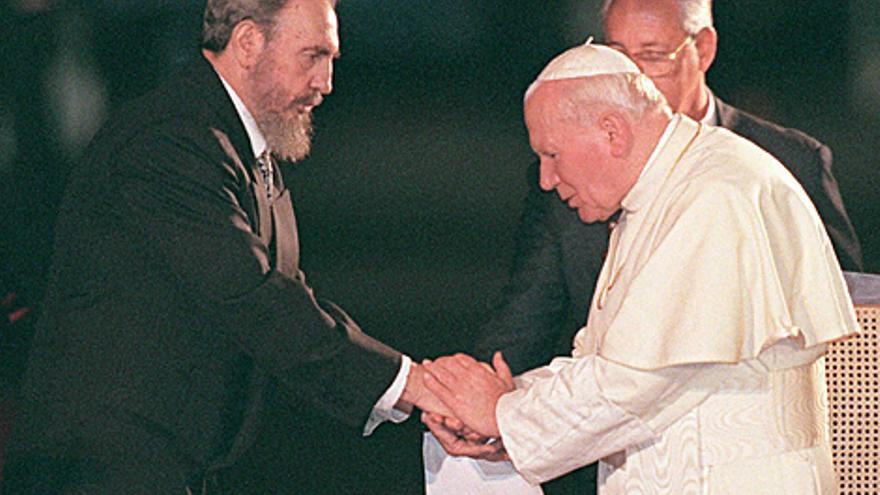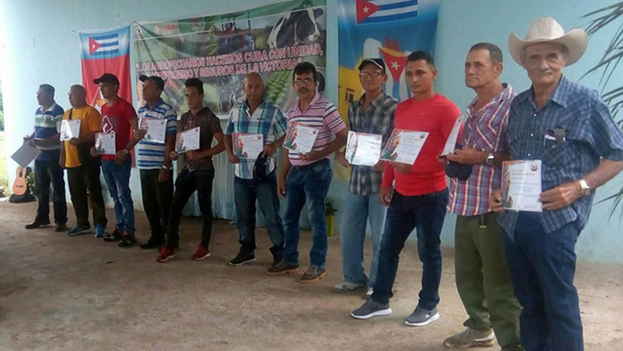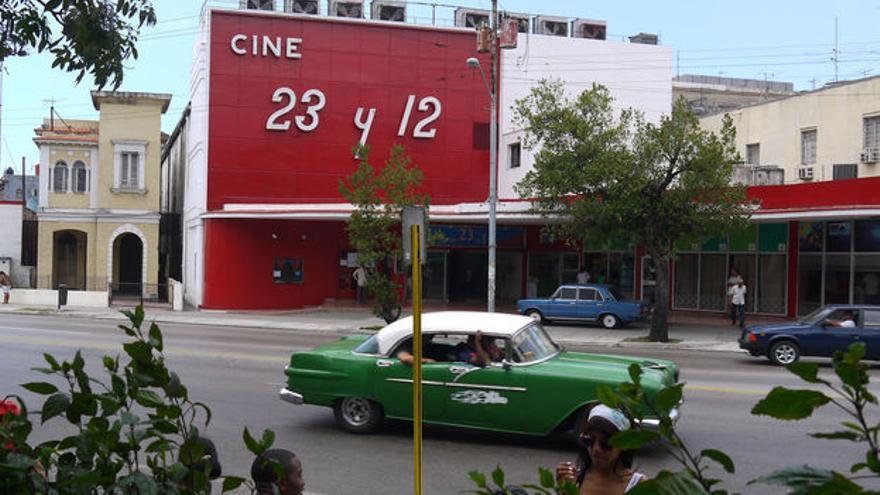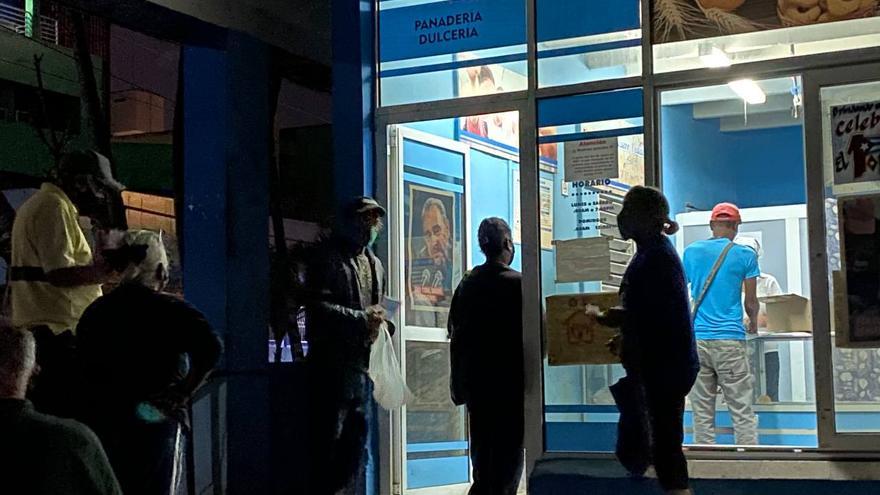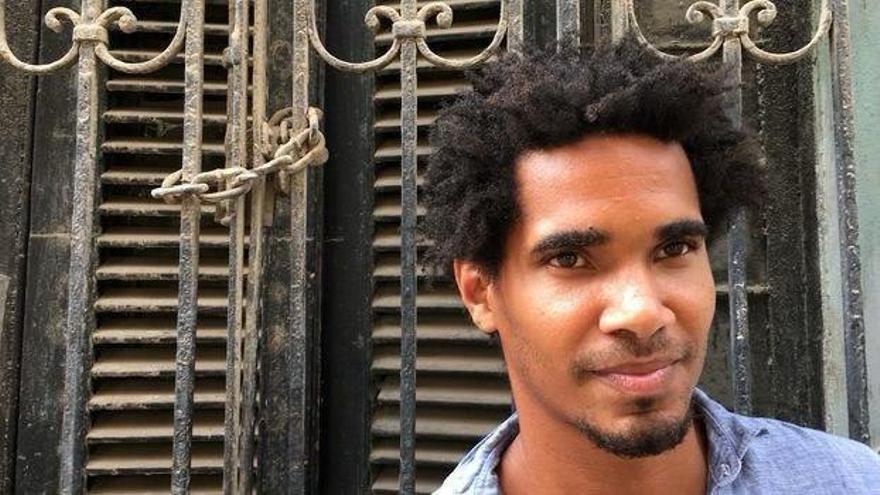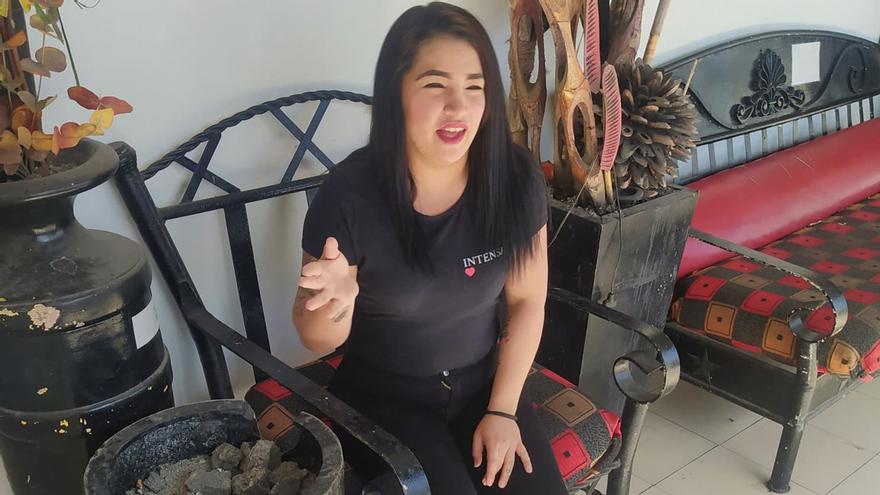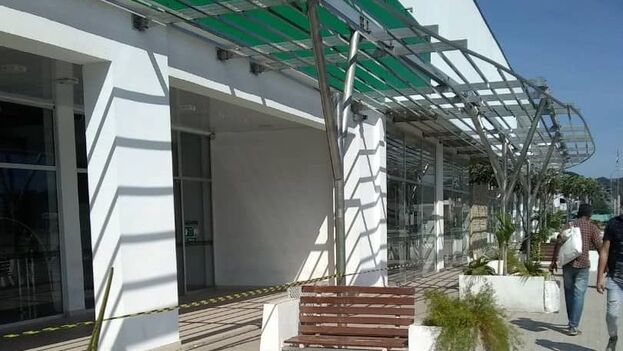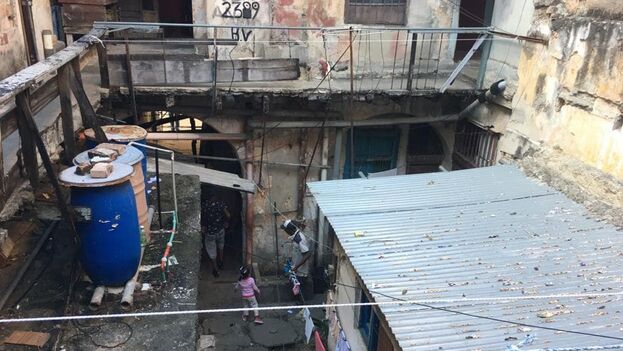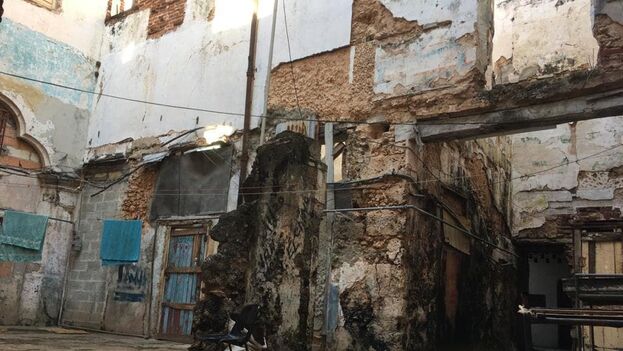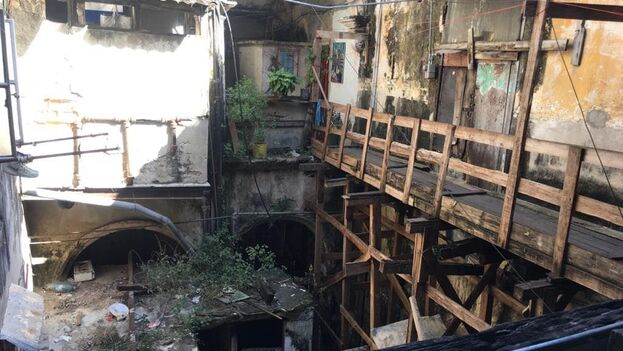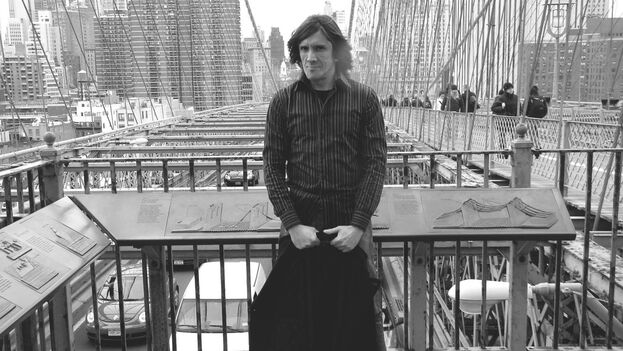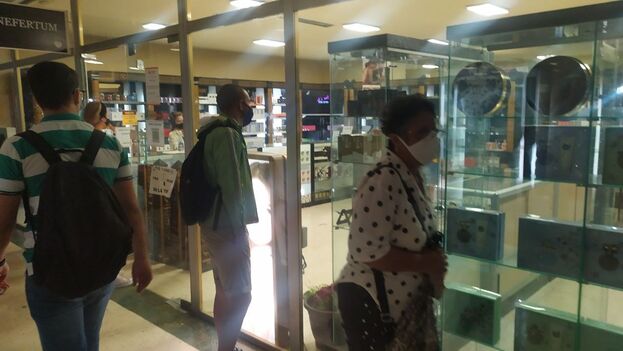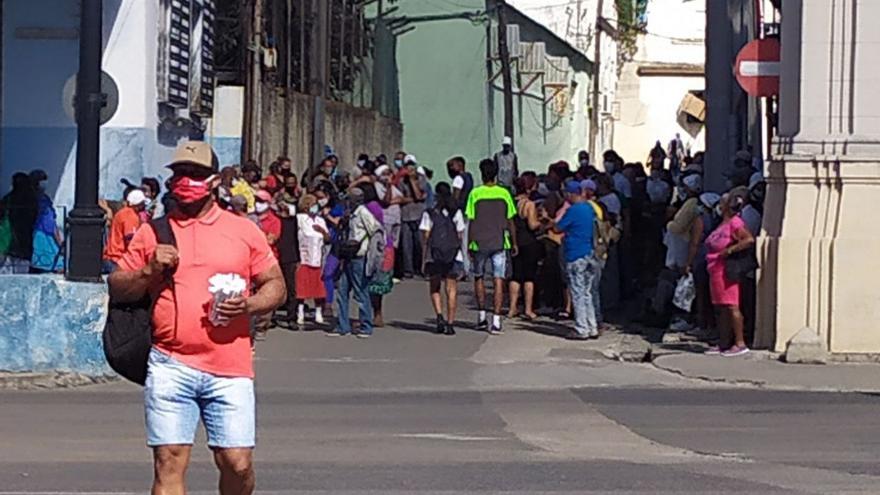
![]() 14ymedio, Havana, 23 January 2021 — The health authorities of Havana acknowledge that the situation of the covid pandemic in the capital is “very complex” and that in the coming days they could declare a night curfew, as it already happened last August.
14ymedio, Havana, 23 January 2021 — The health authorities of Havana acknowledge that the situation of the covid pandemic in the capital is “very complex” and that in the coming days they could declare a night curfew, as it already happened last August.
The president of the Provincial Defense Council (CDP), Luis Antonio Torres Iríbar, detailed this Thursday that 180 health workers have been infected so far in January. As on other occasions, the official attributed these cases to the “relaxation of the sanitary protocol,” but also to “the transfer systems of suspected and confirmed” cases and to the breach of home isolation.
For his part, Francisco Durán García, national director of Epidemiology of the Ministry of Public Health, detailed that 54.4% of people diagnosed with Covid-19 since last November 15, after the reopening of the José Martí International Airport, have a source of infection related, directly or indirectly, to travelers from other countries. continue reading
“It is not the foreigner or the traveler who arrives incubating the disease, it is the violations that we commit and the breach of the protocol that is established, because if it were complied with we would not have these results,” claimed Durán, who also attributed the infections to “the repeated violation of the sanitary protocols.”
Officials from the Ministry of Health also reported two other outbreaks. One originated in the Salvador Allende Student Residence for foreign students, in the Boyeros municipality, presumably at a New Year’s Eve party.
As of Wednesday, there were 23 confirmed, six of them external personnel who in turn became sources of contagion in their respective communities. As a consequence, the foreign student program has closed down and the internal contacts, which include 45 professors, are in total isolation, pending a second PCR test.
Another outbreak occurred in the Cerro Pelado Athletes Training Center, from two athletes from the Artemisa province, and has resulted in 26 infected, all from the sport of Wrestling.
Given the increase in cases, the Havana authorities have decided to reinforce the management of hospitals and isolation centers with cadres from companies and other sectors. The measure seeks that “health personnel can concentrate on medical assistance,” as explained.
However, no new restrictive measures have been announced to those already existing in Havana in relation to mobility, the operation of private businesses or public transport. If the current trend continues, “it would be considered to totally restrict the mobility of people and vehicles at night,” according to the Tribuna de La Habana.
This Friday, Cuba reported 530 new cases of coronavirus and, again, four deaths, which gives a cumulative total of 20,060 positives and 188 deaths from the disease. The provinces with the highest incidence continue to be headed by Havana, followed by Matanzas, Santiago de Cuba and Guantánamo.
In addition, the Ministry of Public Health warned of the presence on the island of one of the new genetic variants of the SARS-CoV-2 virus, the one detected for the first time in South Africa and which has spread, as of now, to 20 countries.
According to María Guadalupe Guzmán Tirado, head of the Center for Research, Diagnosis and Reference of the Pedro Kourí Institute of Tropical Medicine (IPK), the mutation was discovered in an asymptomatic traveler from South Africa from the PCR test that is carried out at airports to all travelers arriving in Cuba.
Guzmán said that the patient’s contacts were negative, but he warned that there is a possibility that the variant is found in Cuba and could establish itself as a circulating strain.
The main difference of this strain is that it is more contagious than the original, although, said Guzmán, it is not known that it has a direct effect on lethality or that it causes more severe cases of the disease, nor that it will affect the “Cuban vaccine candidates.”
____________
COLLABORATE WITH OUR WORK: The 14ymedio team is committed to practicing serious journalism that reflects Cuba’s reality in all its depth. Thank you for joining us on this long journey. We invite you to continue supporting us by becoming a member of 14ymedio now. Together we can continue transforming journalism in Cuba.

